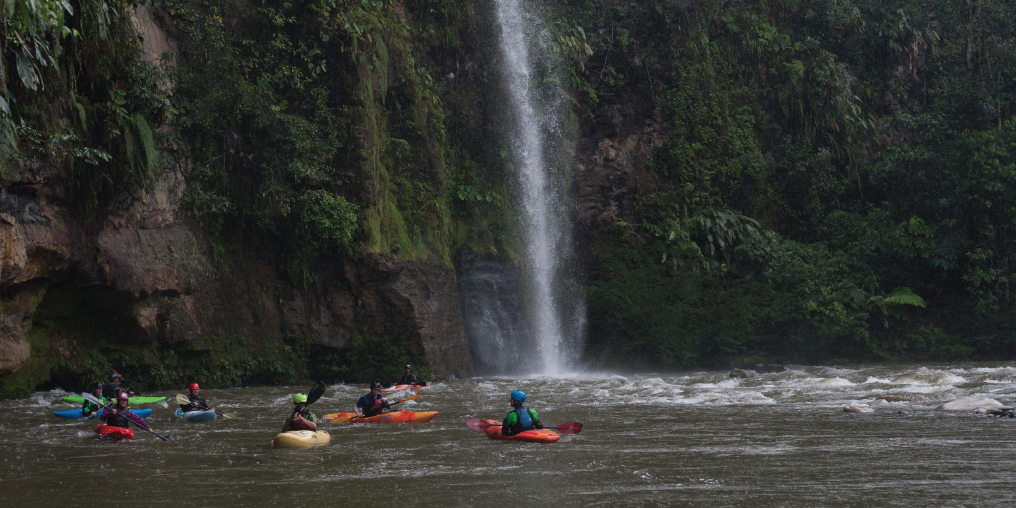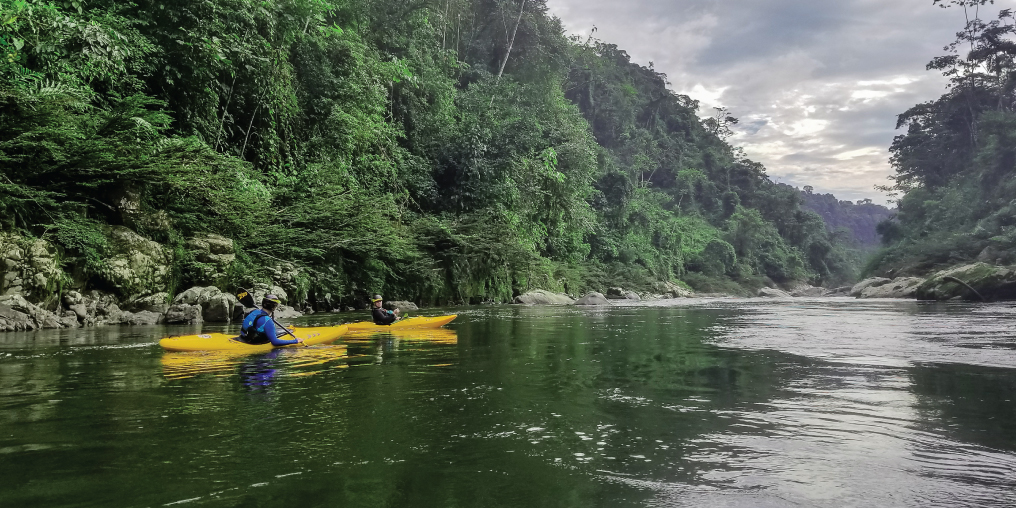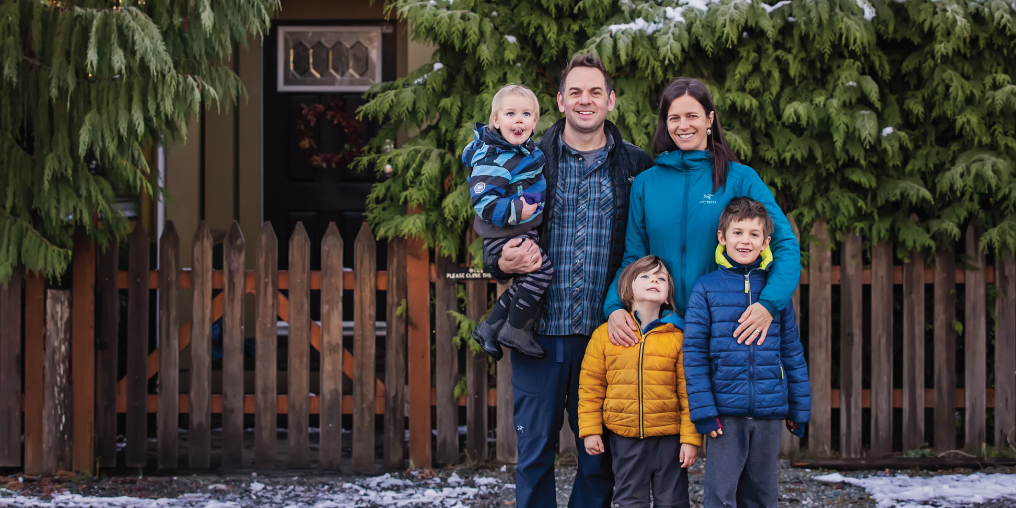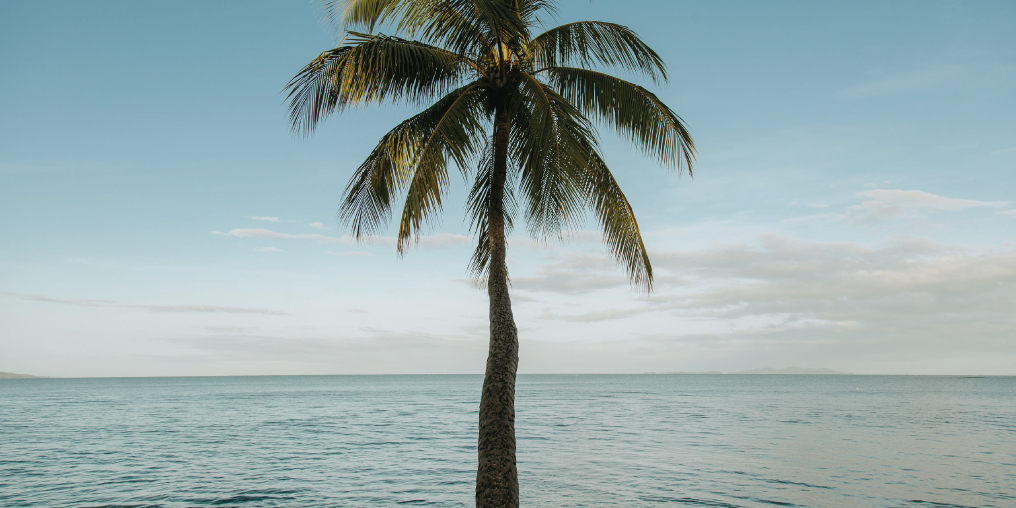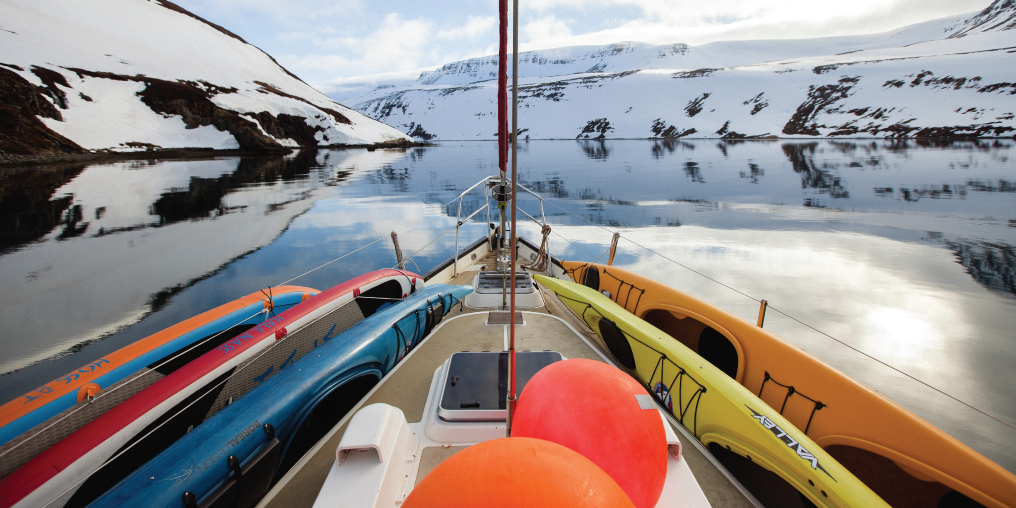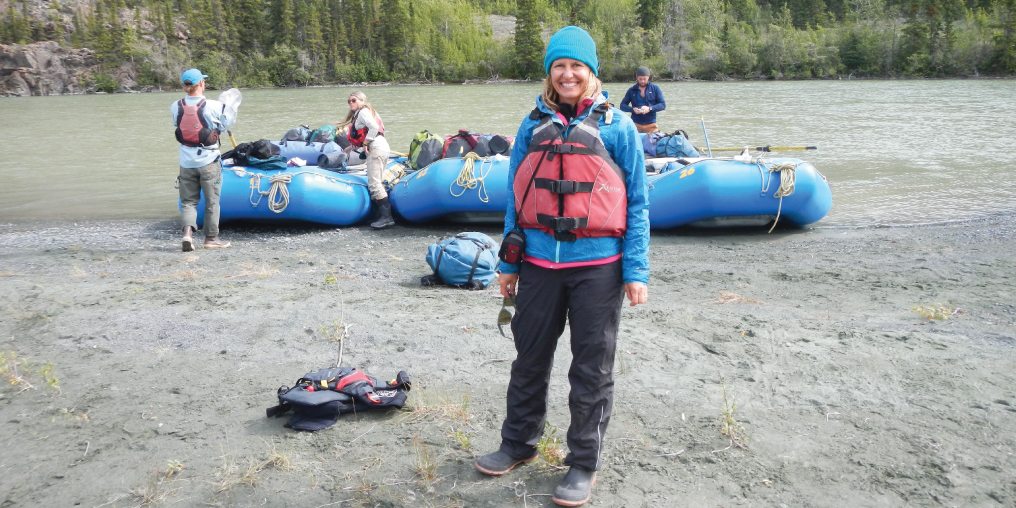I’d heard of Ecuador for years: stories of great rivers, easy transportation, and friendly people. Now was the time to experience it for myself. Rivers with names like Quijos, Oyacachi, Misahualli, Jondachi, and Casonga would be mine to paddle. The journey began with a plan that was waylaid by a year after a passport issue. By January 2018, all was in order.
Travelling with a WW kayak—an 8-9ft plastic boat—is an interesting endeavor. Getting it on the plane increases costs, but it would be worthwhile to know I wouldn’t have to rent one in Ecuador. The plan upon arrival was to connect with Ecuador Kayak, a company run by Chris and Andrea Ryman. My three weeks would be spent kayaking one or two runs a day and then relaxing in a hot tub in the evenings, with a homemade cocktail at Cabanas Tres Rios. Located along the bank of the Quijos river on the east slope of the Andes, the accommodation serves as both shelter and meeting place for whitewater rafters and paddlers from all over the world.
My plane landed in Quito around midnight, and I discovered one hiccup: my boat didn’t make it. I got a claim ticket and contact number from the airline and jumped in the truck for the three-hour drive to Baeza. Arriving at 3am to Cabana Tres Rios, Andrea told me that they planned to head to Tena, a city in the Amazon rainforest, in the morning for three days of kayaking. We would leave at 9am to be on the water two hours later. So much for not renting a kayak. I received news that my boat would meet me back in Baeza upon return.
My first river day in Ecuador began by putting in on the Rio Misahualli. This run has long boulder sections with some smaller drops in between. It was nice to paddle in a short-sleeved paddling top and shorts; light clothing is a welcome change after paddling through the fall on Vancouver Island.
We also paddled down to Oso Perezoso, a kayaking hostel, during a massive downpour and lighting storm, and I could feel the hairs on the back of my head stand up. While having a beer to celebrate the run, the river swelled by two feet. I convinced Lau Sanchez, one of the Ecuador Kayak guides, to come out for another run. Many of those rocks we sliced our way through previously were now underwater.
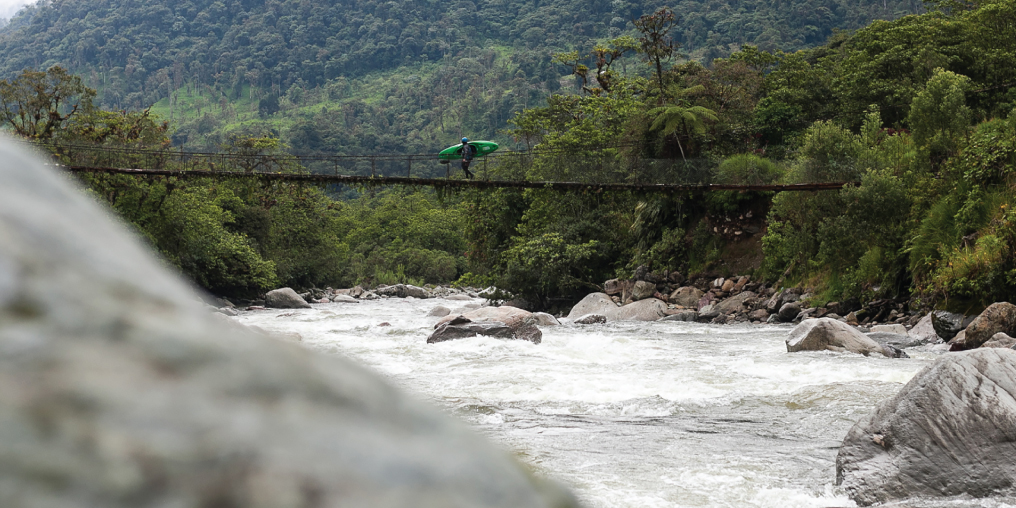
The next day would be epic. It was a 50km run down the middle and lower Jondachi river to the Rio Hollin. Long boulder rapids and waterfalls rushed in from the sides of the river, making it a true jungle run. We were joined by Darin McQuoid and Shannamar Dewey from California, whom I had chatted to about paddling in the past but met in person for the first time in Ecuador. Rapids aplenty made for smiles aplenty, and our driver met us at the end with drinks. It was a day to remember.
A mellow day on the Rio Jatun Yacu concluded the trip in Tena. We also visited a small village and side canyon on this trip. The canyon was interesting to explore as long as you avoided the narrow walls that contained lurking spiders.
Returning to the Quijos valley, we were able to catch some of the recent rain and run a section of the Casonga river, a larger tributary. The Quijos was low for the past couple of weeks, but would soon rise with rain and provide great whitewater.
I connected with photographer and experienced kayaker Jed Weingarten for a run down the Chesse House section of the Quijos that afternoon. This is one of the top sections I ran while in Ecuador. Going out with someone who knew the run made for an incredible paddle down the rapids, and we covered a total of 40km between the two sections.
With the crew staying at Cabana Tres Rios, we managed to get on five sections of the Rio Quijos: the upper and lower Casonga, Rio Borja, Rio Oyacachi and the Sardinas Grande. The latter was the last run I did with the group. A bobsled of a river, it was a shorter run, but from put-in to take-out it was essentially one rapid. Continuous rapids and constant movement for almost an hour made it an ideal run to finish on.
The kayaking community I was welcomed into was amazing, and I was able to meet up with friends from a number of other paddling adventures: paddlers that I had met in Whistler, Clearwater, and at home on Vancouver Island. By paddling, lounging on the banks of the Rio Quijos, practicing Spanish and enjoying local cuisine—including fresh coffee, homemade crepes, and fresh produce—I came to know the flow of the country. Ecuador provided a fantastic escape from the winter and some quality paddling. I look forward to another adventure in such a warm and beautiful country.
